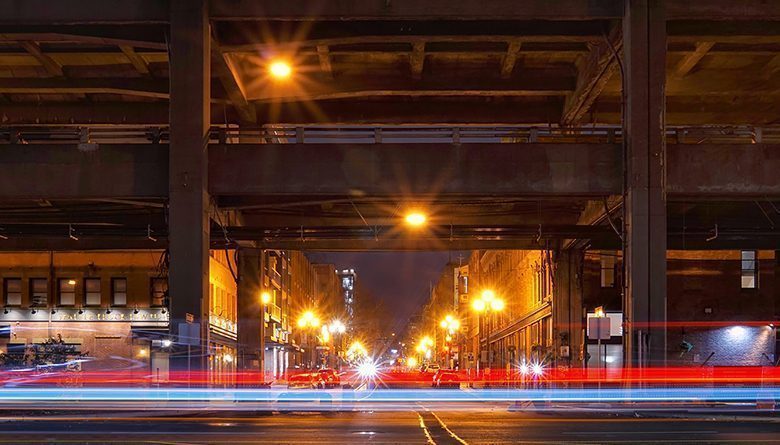Economy
Heres Why Seattles New SR 99 Tunnel Has No Downtown Exits, and Other Facts You May Not Know
The projects lead designer discusses the challenges and thinking behind the 2-mile long tunnel, which opens Feb. 4.
By Bill Conroy February 1, 2019

This weekend kicks off a major celebration of the SR 99 Tunnel, which is slated to open to commuters and other drivers Monday, Feb. 4, after more than a three-year delay and cost overruns totaling in the hundreds of millions of dollars a figure still in flux because of pending contractor legal battles.
The potential for commercial and residential development along Seattles waterfront is enormous (Seattle Business magazine will delve deeply into the myriad opportunities in the March print edition), but the nuts and bolts of the tunnel itself have often been misunderstood especially why the 2-mile long roadway begins near the Space Needle and ends near the stadiums with no exits in-between, completely bypassing downtown.
That has been a major criticism, but its more of a byproduct of an engineering reality than a designed outcome to address congestion.
The tunnel is very, very deep in the middle, and adding downtown exits was just impractical with the alignment of the tunnel, says Brian Russell, SR 99 project manager for HNTB Corp., which is the lead designer on the tunnel project and part of a design-build team that also includes Dragados USA and Tutor Perini Corp. The tunnel is actually underneath building foundations.
The SR 99 Tunnel will replace the existing age-worn and seismically challenged concrete Alaskan Way Viaduct, which is in the process of being torn down. The entire cost of the project is now estimated to be $3.3 billion, according to WSDOT.
The subsurface tunnel includes two stacked freeways, with southbound traffic on the top deck and northbound traffic on the lower deck.
Each freeway deck is 30-feet wide, including an eight-foot shoulder for use by emergency responders and two 11-foot lanes. In addition, there is a lower-level maintenance corridor as well as a pedestrian corridor that is separated from the roadways and is designed for use in the event of an emergency that requires people to evacuate their vehicles.
 An inside view of Seattle’s SR 99 Tunnel, slated to open on Feb. 4. Photo Courtesy of WSDOT
An inside view of Seattle’s SR 99 Tunnel, slated to open on Feb. 4. Photo Courtesy of WSDOT
Other features of the tunnel which will run up to 200 feet under the city, along the downtown waterfront and beneath 157 buildings include ventilation, fire detection and suppression systems; an advanced security system with closed circuit TVs monitored remotely as well as an intelligent-transportation system supported by digital message signs. The tunnel also is designed to withstand up to a 9.0 seismic event an earthquake that, on average, happens only once in 2,500 years.
There was a lot of time and cost pressure on all of us to completely deliver on the [tunnel] contract, but there hasn’t been anything that has been left out or removed because of the technical or cost issues, says Russell. I would say its certainly state-of-the-art. It has an integrated fire/life safety system that provides a redundant level of protection.
Russell adds that the tunnels elevation also should protect it against any future catastrophic seawater-flooding event, but he stresses that in the event of any sort of anomaly that would cause seawater, or storm water, to enter the tunnel, there are pumps that are designed to completely evacuate the water.
Despite the delays and cost overruns that afflicted the SR 99 Tunnel project, at the end of the day, it is an engineering triumph. It ranks as one of the largest and longest highway tunnels in the U.S., Russell says.
Several festivities this weekend celebrate the opening of the tunnel, and will feature music, art, a ribbon-cutting ceremony, an 8K fun run/walk inside the tunnel, and 12K bike ride through Seattles newly christened subterranean wonder an event that is now listed as sold out on the Washington State Department of Transportation (WSDOT) website.
When the tunnel boring was completed, thats when I knew that the project was going to be successful, Russell adds. At that point, I was very, very excited, and seeing that large space, that five-story space, inside the tunnel it was certainly amazing.
When the tunnel does open [this coming Monday], Im certainly going to drive through it, but we’re [the project team] all going to be very, very happy to see traffic flowing through the tunnel, and then watching that viaduct finally come down.
The viaduct teardown could last up to six months.
